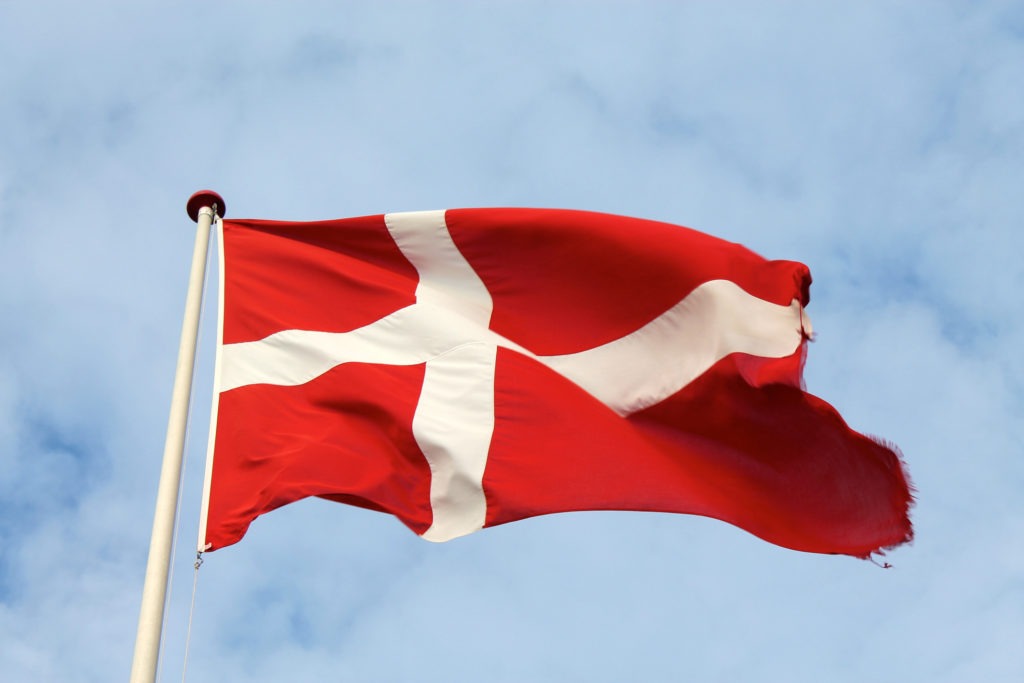Denmark EV owners earning up to €1,300 feeding power back to grid
11 August 2017

11 August 2017
Electric vehicle (EV) owners in Denmark are earning as much as €1,300 (£1,180) a year simply by parking their vehicle during times of premium-priced high energy demand and feeding excess power back to the grid.
Nissan and Italian utility and energy giant Enel have carried out research in Denmark that shows that batteries inside electric cars can help to smooth out and meet supply and demand of electricity at peak times with great ease, simply by plugging in. There is even potential for the entire process to be automated – making it even easier.
This can provide a highly convenient new revenue stream for those who own the vehicles, helping to offset higher buying costs and therefore improving Total Cost of Ownership (TCO) of electric vehicles. In many cases, a TCO saving of €1,000 or more a year would bring the cost of owning the EV into much more competitive territory with combustion engine vehicles.
Energy companies are working hard on the technologies needed to link electric vehicles to electricity grids as a means to help solve the difficulties they are having integrating increasingly large shares of wind and solar power, which vary and do not match electricity demand, into their overall electricity distribution systems.
Grid managers are set to increasingly monitor when EV drivers are drawing electricity from electricity networks (with even a single EV charge taking an enormous amount of energy), as well as the potential they have to draw from this plugged in EV power source to smooth out energy flows during peak demand – a process known as bi-directional charging. The EV owner then makes a profit, by charging the vehicles when demand is low and electricity cheap, and ′selling’ it at a high price at peak demand.
The Nissan trial includes more than 100 cars across Europe, with currently only those in Denmark able to feed electricity back to the grid.
In these cases, fleet managers were able to make more than €1,300 (£1,180) annually simply by using these two-way charge points, offsetting the costs of the cars.
Analysts are also assessing the feasibility of bringing the technology to the UK. In Britain, network restrictions mean a company has to have around 150 electric cars before they can earn money to send power back to the grid. Director of energy services at Nissan Europe, Francisco Carranza, predicts this could be achieved by the end of this year.
He told Bloomberg New Energy Finance: ′It’s feasible. It’s just a matter of finding the appropriate business model to deploy the business wide-scale.’
The challenge for grid operators is starkly painted by the numbers. The UK currently can reach as low as a 1% excess capacity margin for its overall electricity network in winter months, and bringing significant new generation online can take decades. So 2040 is not a long time away in the timescales the energy industry works to. By this time, it is expected that EV power consumption will skyrocket by 300 times from 6 terawatt-hours now to 1,800 terawatt-hours, according to Bloomberg New Energy Finance.
EV owners and fleet managers will find themselves working increasingly closely with electricity network operators, both through the deployment of smart EV chargers and through making money simply by plugging in to the grid.